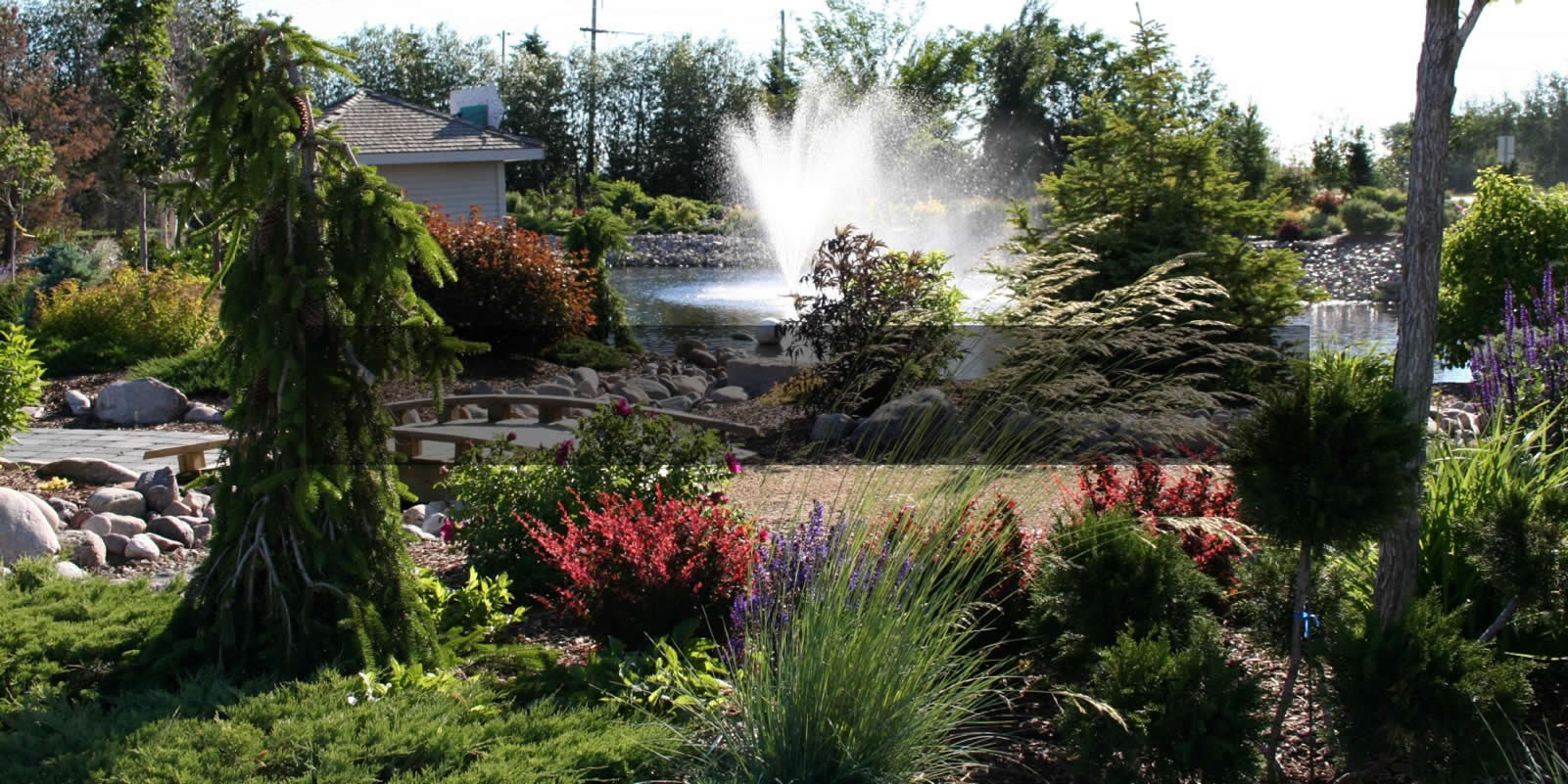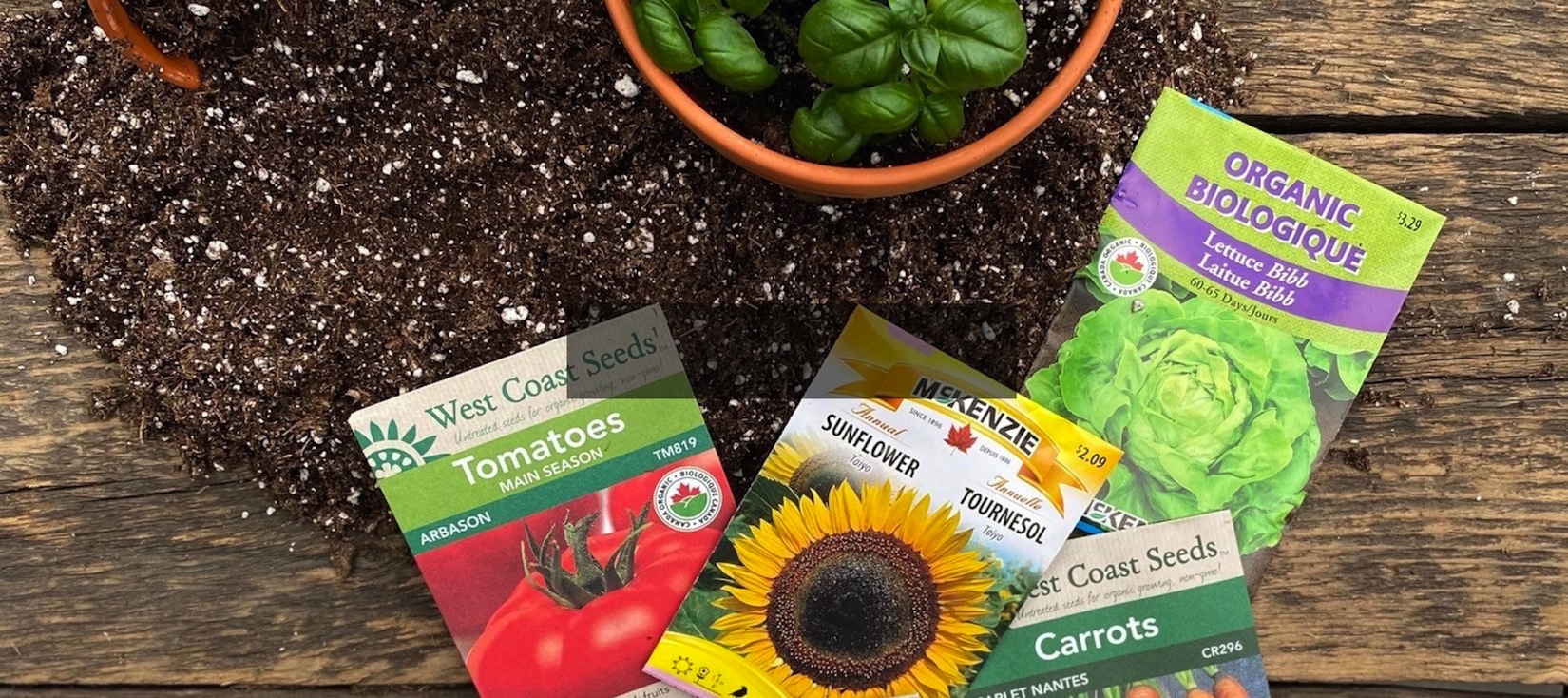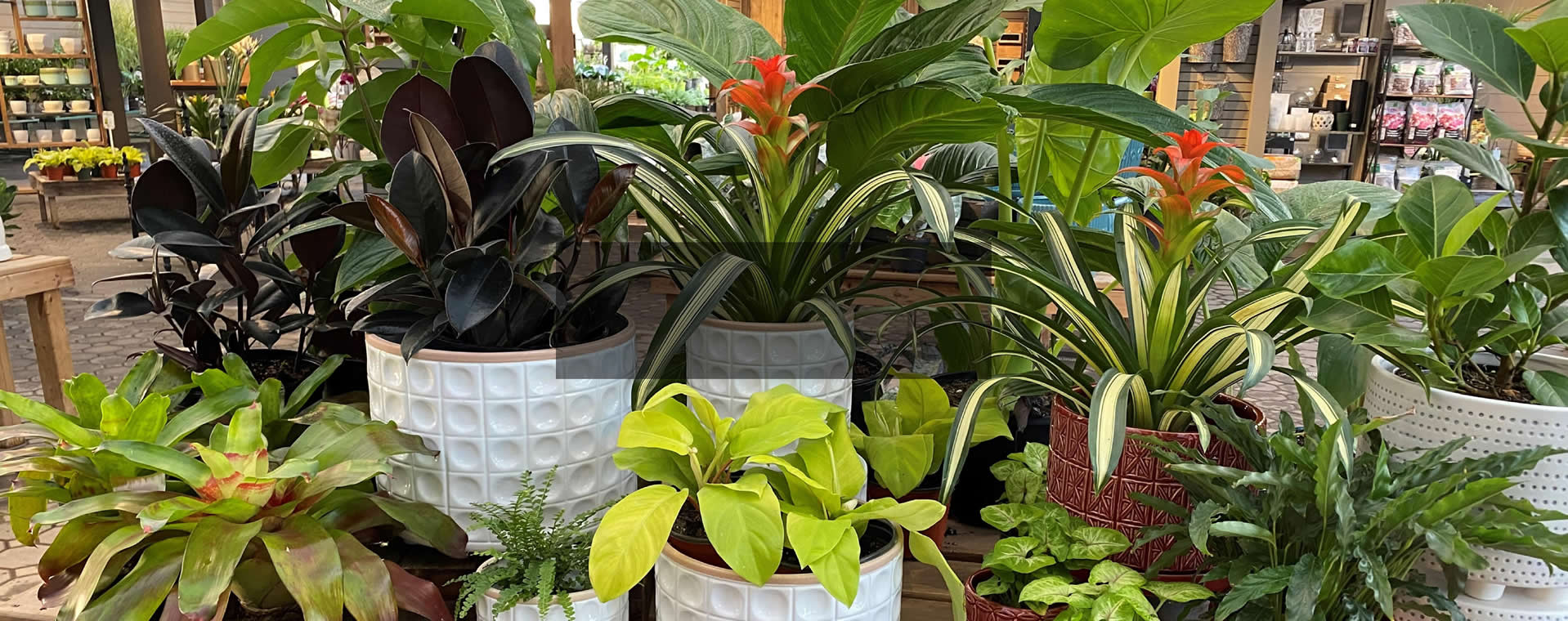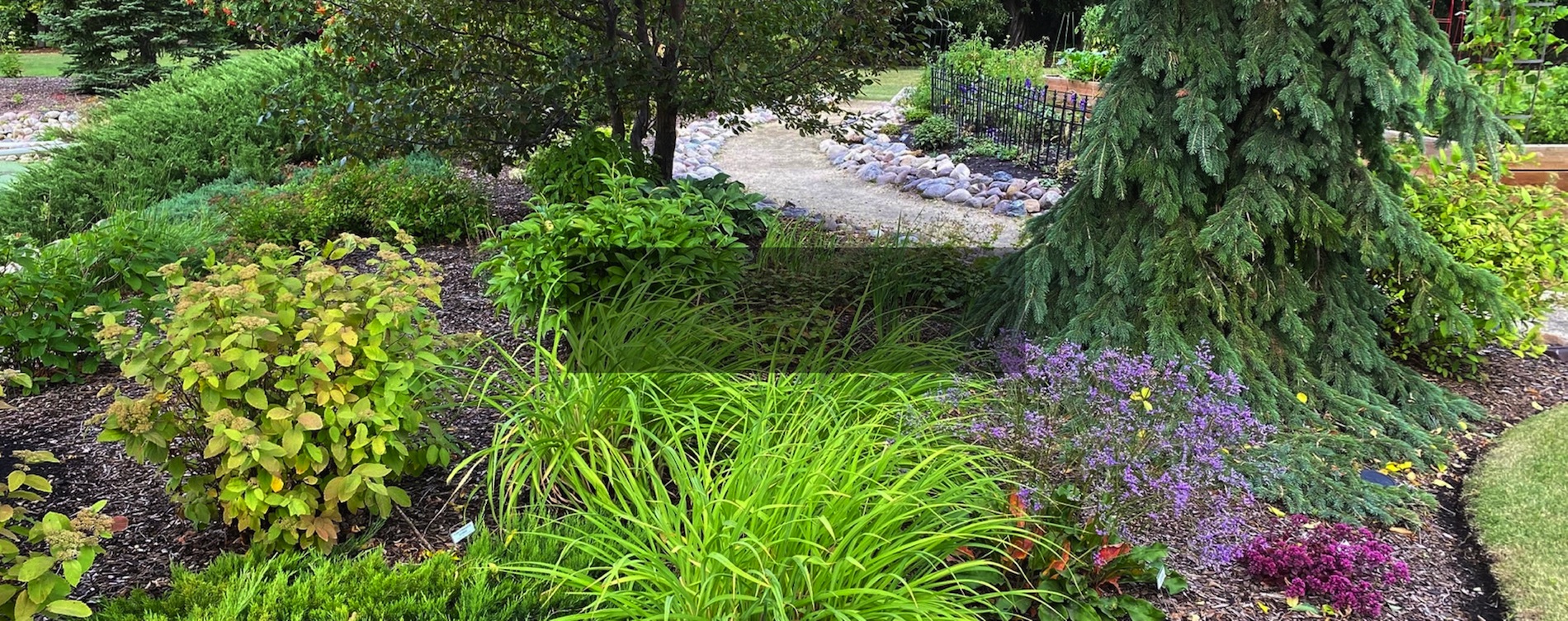How to Winterize Dahlias in Alberta
Bryce Doherty, October 8, 2025

I’ve been growing Dahlias for about five years now, and they’ve become one of my absolute favourite flowers. Between their huge range of forms and colours and their ability to fill my vases all summer long, they’ve earned a permanent spot in my garden routine.
Every summer, I can count on my dahlias to be the showstoppers of my cut flower arrangements all summer. And year over year they continue to surprise me, and I am able to curate a selection of workhorses that give me 100’s of blooms. More on this in the spring!
When I first started gardening, I didn’t have a permanent space. I was renting and moving every year. Dahlias were my solution: a plant I could grow in pots and carry with me, yet still enjoy year after year like a perennial. In warmer zones they are perennials, but here in Edmonton (Zone 3/4), we need to lift and store them through winter.
Over the years, I’ve had both success and a few painful losses, so consider this your locally tested guide to winterizing Dahlias for Alberta gardeners. What to do, what not to do, and why each step matters.
Wait for the First Hard Frost
It’s tempting to dig up your Dahlias early, especially when the nights start to cool, but patience is key. You want to wait for that first hard frost. It is the one that blackens the foliage and horrifies you as you are making your morning coffee.
It might look alarming (especially if you’ve got a whole forest of Dahlias like I do), but this is exactly what you want. That frost signals the plant to send its energy down into the tuber and begin dormancy. It is a critical part of the life cycle of dahlias for Alberta gardeners.
You NEED TO WAIT for the frost! If you cut the plant back too early, the tuber may not finish its natural cycle, which can lead to weaker growth or premature sprouting in spring.
Once frost has done its job, cut the stalks back to about six inches above the soil.
- Compost healthy foliage
- Discard any with mildew or disease
- Note that Dahlia stems can be woody and slow to break down, but they make great compost material

Let Tubers Dry Out
After cutting back, leave the tubers in the soil for three to seven days. This gives them time to toughen their outer skin which is a natural protection against rot and dehydration in storage.
Avoid digging immediately; soft-skinned tubers are fragile and spoil easily.
Digging Them Up

When it’s time to dig, I always reach for a spade fork rather than a shovel. Dahlia tubers spread wider than you expect, and it’s very easy to spear one with a shovel. I can not tell you how many large tubers I have accidentally cut in half, and then immediately regretted my impatience!
Loosen the soil all around, lift carefully, and try not to snap the stem or tubers. Gently shake or brush off excess soil, but there is no need to scrub clean yet.
This is also the perfect time to label your tubers. Write the variety name directly on the skin with a permanent marker. Tags, ribbons, or notes often fall off or get mixed up by spring, but marker writing will last and doesn’t harm the tuber. Again, I speak from experience here as someone who has ended up with 10+ mystery tubers after losing label and then have to wait for a bloom to know what dahlia I am getting!
Drying and Cleaning
Move your tubers into a frost-free, protected space to dry for 24–48 hours. This step is crucial as any exposure to freezing temperatures now can kill them.
Once dry:
- Brush off any remaining soil
- Avoid washing unless absolutely necessary (and if you do, use gentle water pressure. DO NOT damage the hardened skin your dahlia has created)
- Keep that toughened skin intact, it’s your best defense against rot
A little dirt won’t hurt anything.

Packing for Winter Storage
There are many ways to store tubers, but after years of trial and error, vermiculite has become my go-to. My oldest dahlia is my Café Au Lait, and this was their 3rd summer. As I mentioned, I have been growing dahlias for over 5 years, so when I say vermiculite is your best bet, that comes from lessons painfully learned!
Other materials like sawdust or newspaper can work, but vermiculite strikes the best balance of moisture retention and airflow. It’s also reusable year after year, making it a worthwhile investment. I keep mine in a large garbage bag and just haul it out when it is time to winterize.
Here’s my setup:
- Lightly mist the vermiculite so it’s barely damp, not wet
- Mix it to distribute moisture evenly
- Use breathable containers to store your dahlias. Fabric grocery bags, paper bags, or cardboard boxes work well
- Avoid plastic bags, which trap moisture and encourage rot
- Place the bags into a breathable crate to keep everything contained
Store your tubers in a dark, cool place (4–10 °C) such as a heated garage, basement, or cold cellar. I personally keep mine under the stairs where it stays consistently cool and dark.
Avoid fridges or unheated sheds—anything below 4 °C can cause damage.
Monthly Check-Ins
Once a month through winter, take a few minutes to check on your stored tubers. This might sound a little tedious, but I look at it as a little exciting glimpse at what I can anticipate for the summer, and as I check each variety I think about how I plan to use it in the garden this year. To check on your dahlias, do the following:
- Feel the vermiculite. If it’s bone dry, mist lightly and remix
- Watch for shrivelling (too dry) or soft spots (too damp)
- Remove any tubers showing signs of rot before it spreads
- Keep tubers from touching one another to minimize cross-contamination
If you find things are too damp, set up a small fan nearby to help dry the area.
Why It's Worth the Effort

Yes, it’s a bit of work to winterize your dahlias, but the payoff is huge. Each year your Dahlias return larger, stronger, and with more blooms.
Dinnerplate varieties, in particular, often need three full years before they produce those enormous 8–10-inch blooms everyone loves. Proper winter care gives them the energy reserves they need to perform at their best.
This was my first year getting those true 8-10” size dinnerplate flowers, and my goodness are they worth the effort! They were an incredible spectacle in the garden, and were the centre piece for many different arrangements throughout this summer season. When a flower can surprise even the most seasoned gardeners here at Greenland, you know it is something special!
By carrying your Dahlias year to year, you’re not just saving money, you’re building a personal collection of plants that improve with time.
Every fall it can be a little sad to see what was once a lush canopy of flowers disappear, but every spring feels like a new chance to create some incredible flowers. That’s the magic of dahlias, they teach you to be patient with your plants and treat them with love and care, and they reward it tenfold.
Winterizing Dahlias might sound intimidating, but once you’ve done it a couple of times, it becomes second nature. Wait for frost, cure them well, store them cool and dark, and check in monthly.
It’s a small effort for a flower that brings so much beauty. By next summer, you’ll be rewarded with the kind of blooms that stop people in their tracks.
Stop by Greenland Garden Centre this spring for a fresh selection of Dahlia tubers, vermiculite, and planting supplies, or bring your questions about your overwintered tubers and we’ll help you get them off to a strong start for another spectacular season. From one dahlia lover to another, I wish you all the success and even more blooms next year!





